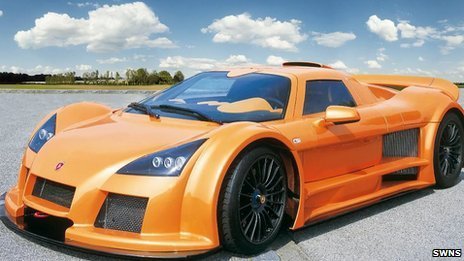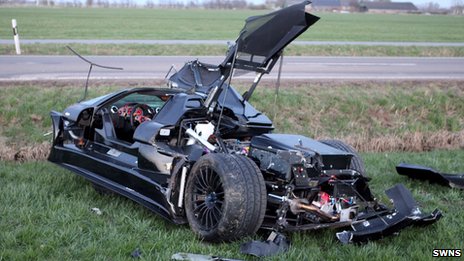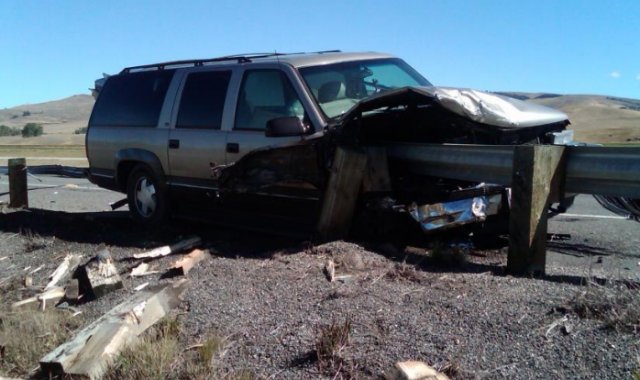Remember the “Cash for Clunkers” program? It was supposed to give the auto industry a shot in the arm by buying up older vehicles, giving the owners vouchers toward (certain) new vehicles, then destroying the traded-in clunker. Even at the time, economists tried to point out that this was just an elaborate “broken window” fallacy.
Today, use car prices are indeed soaring:
As news outlets around the country are reporting, the price of used cars has lately soared to a modern-day record, with some cars commanding more used than they sold for when new. News accounts commonly finger the Japanese earthquake and high gas prices as reasons, but there are some problems fitting either reason to the case. While the earthquake affected the supply of new cars, it’s the previously driven kind that has scored the more impressive price jump. And while the rise in gas prices would explain a relative shift in buyer demand from SUVs and trucks toward smaller vehicles — which has indeed happened — the strength of the used-vehicle market lately has been such that even the thirstier vehicles have advanced in price, $4 gas or no.
No doubt there are multiple reasons for the price spike, including the severe general slump in new-auto sales in recent years, which has reduced the volume of newer cars coming onto the resale market. But — as Washington scrambles to take undeserved credit for whatever passes for normalization in the auto business these days — it’s worth remembering that an artificial scarcity of used cars isn’t just bad for the poor as a group: it’s bad in particular for the upwardly mobile poor, since in most of the country landing a job means needing to line up transportation to get to that job. When it suddenly costs $6,000 instead of $3,000 to get wheels, the move from unemployment to a paying job faces a new and discouraging barrier.







